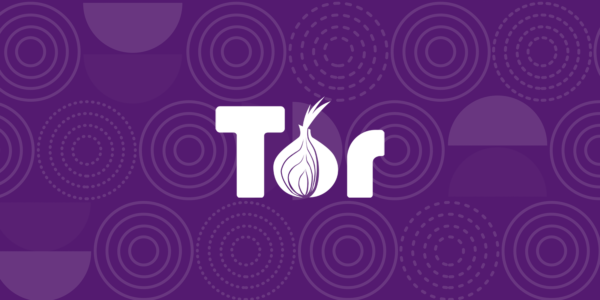Tor, or The Onion Router, is an open-source software designed for enabling anonymous communication on the internet. Initially developed by the U.S. Naval Research Laboratory for protecting government communications, Tor has evolved into a global tool for individuals and organizations seeking to protect their privacy online.
The Evolution and Purpose of Tor
Tor’s primary purpose is to conceal the identities and activities of its users from surveillance and traffic analysis. It achieves this by directing internet traffic through a free, worldwide, volunteer overlay network consisting of more than seven thousand relays. Each relay encrypts and re-encrypts the data multiple times, sending it through a random pathway of nodes, making the origin and destination of data virtually untraceable.
Key Features of Tor
Tor’s architecture is its most notable feature, providing anonymity and privacy through:
- Layered Encryption: Each relay decrypts a layer of encryption to reveal the next relay in the circuit, preventing any single point from knowing the complete path.
- Randomized Routes: Tor creates dynamic paths through the network, making it difficult to predict or trace user activities.
- No Log Policy: Relays typically do not keep logs, making it challenging to trace back any activity to a user.
Types of Tor Services
| Type | Description |
|---|---|
| Onion Services | Websites that are hosted within the Tor network, accessible only via Tor, providing extra privacy and anonymity. |
| Tor Browser | A modified version of Firefox designed specifically to browse the internet anonymously via the Tor network. |
| Tor Relay | Nodes in the Tor network that pass your traffic through the network. They can be further classified into Middle Relays, Entry Guards, and Exit Relays. |
Utilizing Tor for Various Purposes
Tor can be used for:
- Anonymous Browsing: Protecting personal privacy against tracking and surveillance.
- Accessing Restricted Content: Bypassing geo-restrictions and censorship.
- Secure Communication: Journalists and activists often use Tor to communicate safely.
Challenges and Solutions in Using Tor
While Tor offers significant privacy advantages, it faces challenges such as:
- Speed Limitations: Due to the layered encryption and rerouting, Tor can be slower than a standard internet connection.
- Blocked Services: Some websites block access from Tor to prevent abuse.
- Potential for Malicious Exit Nodes: Although rare, malicious exit nodes can pose a risk.
Solutions include using bridges to connect to Tor when blocked and being cautious about the information shared over Tor, especially on unencrypted websites.
Tor Versus Other Privacy Tools
| Feature | Tor | VPN | HTTPS |
|---|---|---|---|
| Anonymity Level | High | Medium | Low |
| Encryption | Multi-layered | End-to-end | End-to-end |
| Speed | Slower | Faster | Fastest |
| Ease of Blocking | Harder | Easier | Easiest |
Future Directions and Technologies
Emerging technologies like next-generation onion services (also known as Onion v3) offer improved security features, including better cryptographic algorithms and enhanced privacy protections. There is also ongoing research into making Tor more resistant to traffic analysis and improving its speed and usability.
Integrating VPN with Tor
Using a VPN in conjunction with Tor can enhance privacy and security. A VPN can hide Tor usage from an ISP and ensure that all internet traffic, including Tor, is encrypted from the device to the VPN server. This setup can protect against certain attacks and make it even harder to trace internet activity back to the user.
Further Reading and Resources
For those interested in exploring Tor further, the following resources are invaluable:
- The Tor Project Official Website: https://www.torproject.org/
- Tor Documentation: Offers detailed guides and technical documentation.
- Privacy Tools: https://privacytools.io/ – Provides information on various tools for enhancing online privacy, including Tor.
This comprehensive guide offers a deep dive into Tor, revealing its purposes, features, and the various ways it can be utilized for enhancing online privacy and security. As the digital landscape evolves, so too does the importance of tools like Tor in protecting individual freedoms and privacy online.


